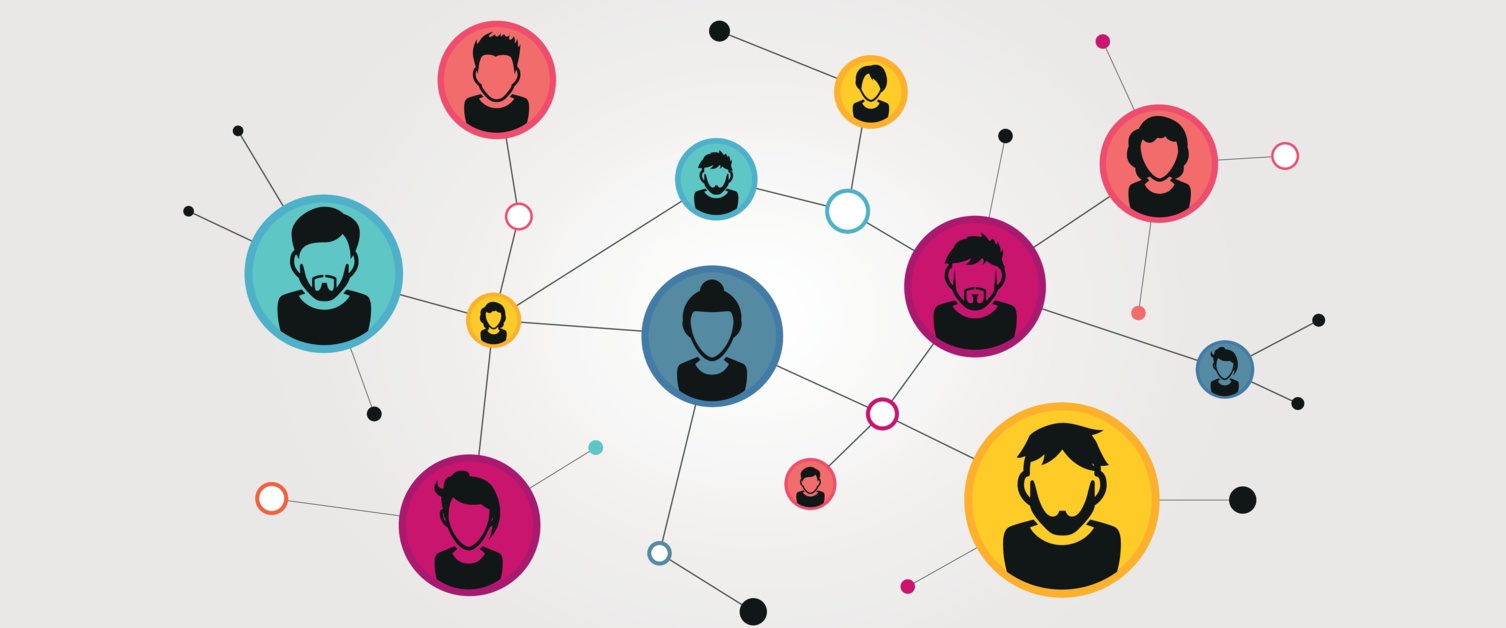How to Use a Connectedness Map
- foster care rights, my rights
- Resources for Teens and Young Adults
Growing up in foster care, it was hard to keep track of the connections I made throughout the years. From transferring schools, moving between foster homes, and changing phone numbers, it was difficult to determine who was in my support network. Although I wasn’t aware of what a Connectedness/Mobility Map was, I can see how it would’ve been helpful when navigating my transition out of care. I could've benefited from having a visual map because it’s helpful to have a graphic representation of who's in your corner when you need it most.
What is a Connectedness Map?
A Connectedness Map, also known as a Mobility Map, is a graphic that shows the various people who you know and the types of relationship you may have them with them. The Connectedness Map helps you determine who’s in your network and it allows you to think about people you’ve met through the years and even those you may have lost contact with along the way. When planning for the future, you can use your Connectedness Map to start thinking about people you can reach out to during and after care for support.
How do I use a Connectedness Map?
You can use your Connectedness Map whenever you’d like and remove or add connections over time.
How to get started?
First, gather the materials you’ll need:
- Markers: Grab an assortment of your favorite markers but be sure to include red, blue, green, yellow, and purple! These colors will symbolize different connections.
- A sheet of paper: Any size works, but depending on how many connections you have, a poster-size paper may work best. Remember, you want to have enough space to add those you may reconnect with.
- Tape: Depending on what’s most comfortable, you can tape your paper to the wall or work on a flat surface.
- A private space: Try to do this activity in a space where you feel safe writing out or sharing information without the fear of someone overhearing or seeing your connectedness map.
Once you’ve gathered all your materials, you can start working on your map!
- Draw yourself at the center of the paper. If you prefer, you can include a photo of yourself, shape, or symbol that represents you instead.
- Divide your paper into four sections horizontally. Label each section using the following: grandparents’ generation, parents' generation, your generation, and peers and professionals.
- Think about all the people you feel connected to. For me, this would’ve been my friends, relatives, teachers, and my attorney. If you’re having trouble thinking of people, try to think about those who make you feel valued, loved, and safe. Who would you go to when things get tough or when you need a shoulder to lean on? Is there anyone you enjoy hanging out with? Is there anyone you’d like to get to know more in the future?
- Use red for blood or biological connection, blue for heart or love connection, green for peer/professional connection, yellow for spiritual connection, and purple for cultural connection. If you don’t have access to markers, don’t worry! You can label each connection using the following: R=Red, B=Blue, Y=Yellow, G=Green, and P=Purple.
- Using the corresponding colors and generations, draw a line between you and each of your connections. You can draw more than one line to the people on your map. For example, you may have blood, love, and cultural connections with the same person.
Is there a timeline you’re supposed to follow with a Connectedness Map?
A Connectedness Map can be done over the course of days, weeks, or months. The timeline is completely up to you. It is meant to be built upon as you discover new connections, and you may reference your map in the future whenever you’d like.
Resources:
About the author
Kat works in healthcare and advocacy. As a former youth with lived experience, one of her biggest goals is to uplift youth voices within the child welfare system and influence policy to reflect better outcomes for youth in care. Her passions surround everything related to the art of storytelling.
